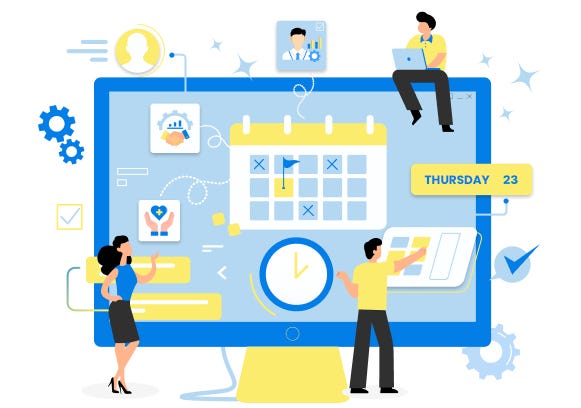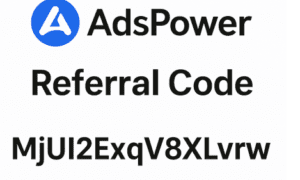Your Drupal website may be up and running, but that’s not enough. It needs constant support to stay fast, secure, and error-free. Even the best sites slow down without regular care. Without regular maintenance, you risk slow loading times, bugs, and security issues. In this blog, we will break down the essentials of Drupal support and maintenance, what they are, why they matter, and how to implement them. If you want to keep your site running smoothly for the long haul, be with us till the very end.
How Can You Secure Your Drupal Website?
Drupal support and maintenance play a key role in keeping your site secure and up-to-date, but for your site to benefit, you need to take the right steps consistently. From installing the right module to setting up extra protection layers, everything counts. Let us go through five simple steps you can follow to keep your Drupal website secure.
-
Implementing Drupal Security Modules
Drupal usually pushes out security updates once a month, and if something critical comes up, it gets patched up fast. On top of that, there are handy security modules you can add to protect your site from threats, suspicious activity, weak passwords, and more. Here is a quick look at the modules:
| Module | What It Does |
| Login Security | Limits login tries and blocks suspicious IPs. |
| CAPTCHA | Stops bots with simple human checks. |
| Password Security | Sets rules for strong and safe passwords. |
| Update Manager | Alerts you about new updates and patches. |
| Security Review | Checks for weak spots and gives safety tips. |
| File Check | Warns you if files are changed. |
| Paranoia | Blocks risky permissions and stops PHP threats. |
-
Restricting Access to the Admin Page
To tighten your site’s security, restrict admin page access to specific IP addresses. Use a firewall or security module for this step. It ensures only trusted users get through the login gate, thereby reducing the risk of attacks. Don’t forget to check users’ roles regularly. See who’s logged in, what they are doing, and remove access for people who no longer need it. Drupal gives you flexible control over roles and permissions to keep your site safe and clean.
-
Keeping the Module and Core Updated
Always keep your Drupal core and modules updated. Every update fixes bugs and seals security holes. Older versions can leave your site exposed. Since many modules are created by individual contributors, some may not go through strict security checks. That is why keeping everything current is key.
-
Setting Up Two-Factor Authentication
Two-factor authentication acts as the second layer of protection for your Drupal login. Even if someone has your password, they can’t log in without a unique code sent to your phone or device. This means that if your password is ever stolen, it’s useless without the code. This method makes it much harder for anyone to break into your admin panel.
Here is how you can set up 2FA in Drupal:
| Step | Action |
| 1 | Log in to the Drupal admin panel |
| 2 | Click on your username to go to your account page |
| 3 | Select Setup Application under Security and enter your password |
| 4 | Download and install a 2FA app on your device (like Google Authenticator) |
| 5 | Enter the verification code generated by the app in Application Verification Code |
| 6 | Click Verify & Save – you’re done! |
-
Maintaining Backups
Backups may seem boring, but they’re an absolute lifesaver. If something breaks, gets deleted, or hacked, you will be glad you had a copy of everything saved. Backups help you recover quickly without losing important data or wasting time. Without backup, you’d be starting from scratch, and with one, you would be just a few clicks away from being up and running again. It’s that simple. It is one of the easiest and smartest ways to protect your Drupal site.
How to Make Your Drupal Website Fast?
User experience is everything when it comes to building a strong online presence. One of the easiest ways to improve it is by ensuring your website loads quickly. Check out the table below for actionable tips that you can apply to make your website faster and more efficient:
| What to Do | How It Helps |
| Turn on page caching | Saves pages so they load faster next time. |
| Use Twig caching | Speeds up how your site design loads. |
| Use BigPipe | Loads parts of the page quickly, one by one. |
| Enable Views caching | Makes lists and blocks load faster. |
| Use OPCache & GZIP | Makes code run faster and files smaller. |
| Add Redis or MemCache | Stores data in memory so it shows up quicker. |
| Clean your database | Deletes old data to keep your site fast. |
| Turn off the PHP filter module | Stops slow and risky PHP code from running. |
| Minify CSS & JS | Makes style and script files smaller. |
| Check site speed often | Helps you fix any slow parts regularly. |
Conclusion
Drupal support and maintenance play a major role in keeping your website stable, secure, and up-to-date. While new development often takes priority, regular updates, backups, and security checks are just as important. There are several trusted partners and agencies that offer Drupal support and maintenance services to fit different needs and budgets. No matter if you run a small site or a large platform, regular upkeep is the key to long-term success and peace of mind. Opt for robust support and maintenance services today!





























